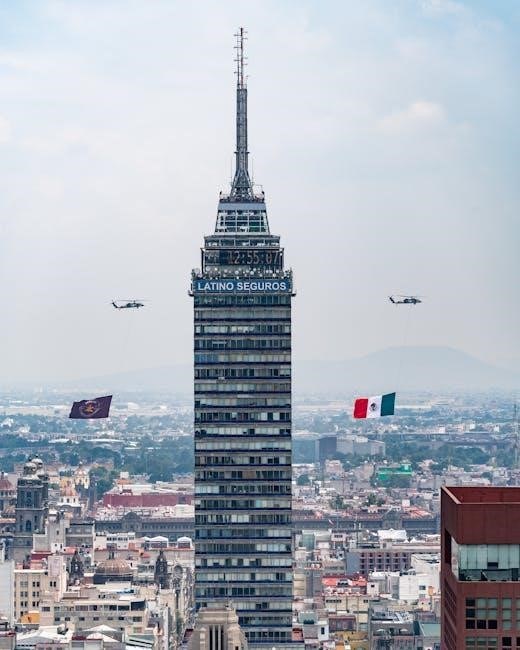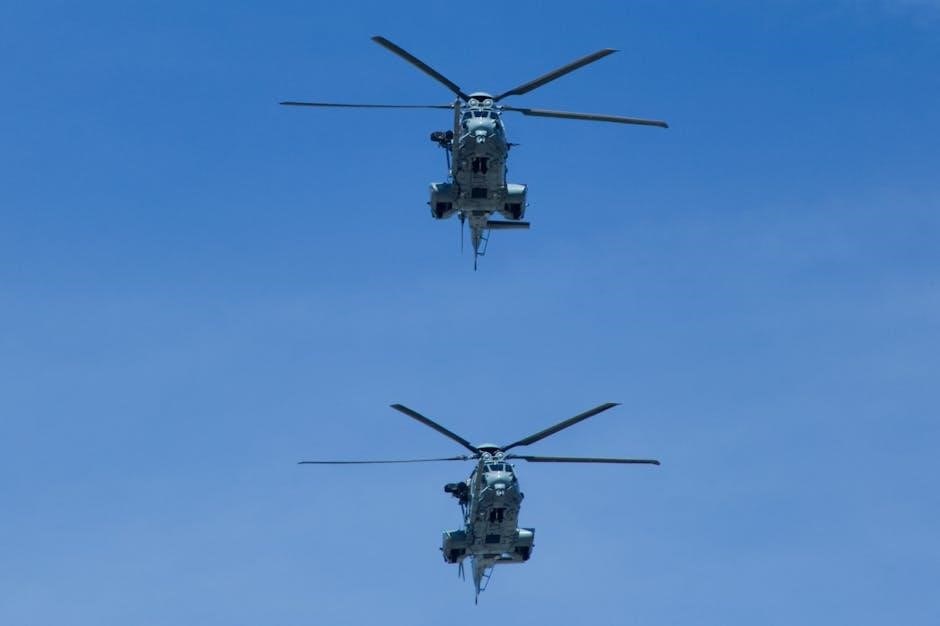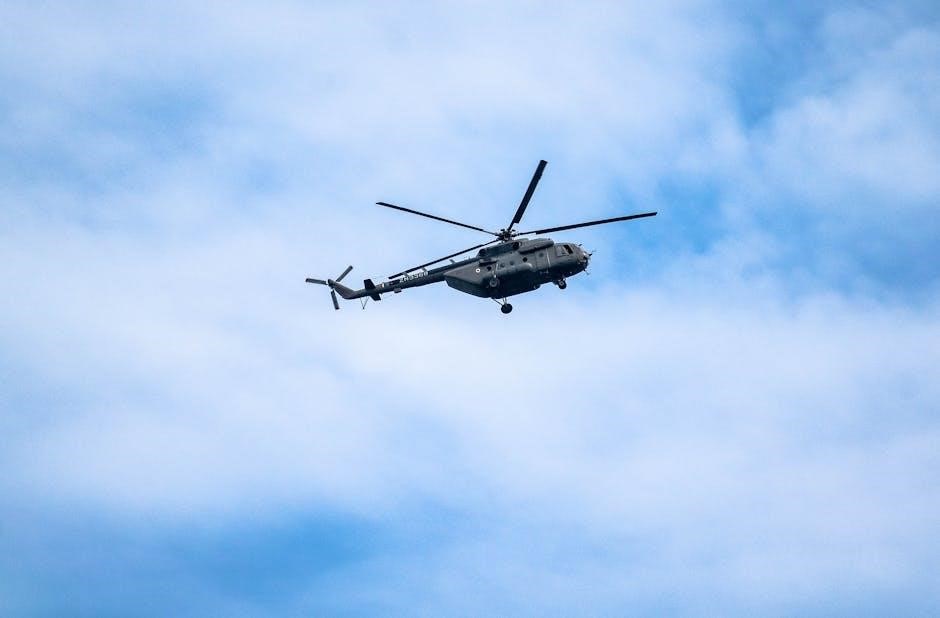Kamov is a rotorcraft manufacturing company specializing in compact helicopters with coaxial rotors. These designs are suitable for naval service and high-speed operations. Kamov military helicopters, with their distinctive coaxial rotor, eliminate the need for a tail rotor.

Kamov Design Bureau: Specialization and Manufacturing
The Kamov Design Bureau, officially known as JSC Kamov, is a rotorcraft manufacturing company based in Lyubertsy, Russia; The bureau has specialized in compact helicopters featuring coaxial rotors, ideal for naval deployment and rapid operational capabilities.
The helicopters bearing the Ka designation are manufactured across several facilities, including the Ukhtomsk factory, Strela (Orenburg), Kumertau Aviation Production Enterprise (KumAPE), and the Progress plant. These facilities contribute to the production and assembly of the diverse range of Kamov helicopters.
Kamov employs a significant workforce of approximately 4,200 individuals, with over 3,000 specialists dedicated to helicopter design, engineering, and production. This substantial team ensures the ongoing development and refinement of Kamov’s rotorcraft technology. The company also maintains a subsidiary in Ukraine.
The Russian government oversees and supports the operations of the Kamov Design Bureau, recognizing its importance in supplying the Russian armed forces and various government agencies with advanced helicopter platforms. The company’s specialization in coaxial rotor systems has made it a key player in the global helicopter market.
Recently, Kamov has focused on helicopters tailored for naval service and high-speed missions, solidifying its reputation for producing innovative and effective rotorcraft solutions.

Coaxial Rotor System: A Key Feature of Kamov Helicopters
A defining characteristic of Kamov helicopters, with the exception of the Ka-60/-62 family, is their coaxial rotor system. This unique design features two main rotors that are mounted coaxially and rotate in opposite directions. The coaxial rotor system eliminates the need for a tail rotor, which is typically used to counteract the torque produced by a single main rotor.
The absence of a tail rotor offers several advantages. First, it reduces the overall size of the helicopter, making it more compact and maneuverable, particularly in confined spaces such as ship decks. Second, it improves the helicopter’s efficiency by eliminating the power loss associated with driving a tail rotor. Third, it enhances the helicopter’s stability and control, especially in challenging wind conditions.
The coaxial rotor system contributes to the distinctive appearance of Kamov helicopters. The stacked rotor blades create a visually striking profile. This design has proven particularly effective for naval operations, allowing Kamov helicopters to operate from smaller ships and in adverse weather conditions. The enhanced maneuverability and stability provided by the coaxial rotor system make Kamov helicopters well-suited for a variety of missions, including anti-submarine warfare, search and rescue, and utility transport.
Furthermore, the design allows for a higher power-to-weight ratio.
Kamov Ka-27: Development and Service
The Kamov Ka-27 (NATO reporting name Helix) is a military helicopter developed for the Soviet Navy. As of 2024, it remains in service in various countries, including Russia, Ukraine, Vietnam, China, South Korea, and India.
Ka-27 Variants: Ka-28 and Ka-29
The Kamov Ka-27 has spawned several variants, each tailored for specific roles within naval aviation. Among these, the Ka-28 and Ka-29 stand out as distinct modifications of the original design. The Ka-28, an export derivative of the Ka-27 anti-submarine warfare helicopter, serves primarily for training foreign pilots.
The Ka-28 retains the core anti-submarine capabilities of the Ka-27, including the ability to track and engage surfaced and submerged submarines. It can deploy specialized weaponry, such as rockets, torpedoes, and depth charges, to neutralize underwater threats. The Ka-29 is an assault transport helicopter, designed to provide aerial support for amphibious operations.
Unlike the Ka-27 and Ka-28, which focus on anti-submarine warfare, the Ka-29 prioritizes troop transport and fire support for landing forces. The Ka-29 can carry troops and equipment, enabling rapid deployment of personnel to contested areas. It can also be armed with various weapons, including rockets and guns, providing fire support to ground troops during assaults.
Kamov Ka-50 Black Shark: Single-Seat Attack Helicopter
The Kamov Ka-50 “Black Shark,” known by the NATO reporting name Hokum A, represents a unique and formidable entry in the world of attack helicopters. This Soviet/Russian single-seat aircraft distinguishes itself with the signature coaxial rotor system characteristic of the Kamov design bureau. The Ka-50’s single-seat configuration is a departure from conventional attack helicopters, placing all operational responsibilities on the pilot.
The Ka-50 is designed for high maneuverability and agility, crucial for engaging targets in dynamic combat environments. The coaxial rotor system contributes to its exceptional flight characteristics, allowing for rapid changes in direction and altitude. The Ka-50’s arsenal includes a range of guided missiles, unguided rockets, and a rapid-firing cannon. These weapons enable the helicopter to engage armored vehicles, enemy helicopters, and ground targets.
The “Black Shark” features advanced avionics and targeting systems, enhancing its accuracy and effectiveness in combat. The Ka-50’s advanced sensors and targeting pods enable the pilot to acquire and engage targets. The Ka-50 is equipped with countermeasures to protect against enemy fire.

Kamov Ka-31: Airborne Early Warning Helicopter
The Kamov Ka-31 is a specialized airborne early warning helicopter designed to provide situational awareness and target detection capabilities. This unique aircraft is primarily deployed by naval forces to extend the radar horizon and enhance maritime surveillance. As with most Kamov helicopters, excluding the Ka-60/62 family, the Ka-31 features a co-axially mounted contra-rotating main rotor system, a hallmark of Kamov designs.
The Ka-31’s airframe is based on the proven Kamov Ka-27 platform. A prominent feature of the Ka-31 is the large, rotating antenna of its early-warning radar, which is mounted beneath the fuselage. This radar system enables the Ka-31 to detect and track airborne and surface targets. The Ka-31 transmits data to friendly forces, providing real-time information for coordinated operations.
The helicopter’s radar system is designed to detect a wide range of targets, including aircraft, ships, and missiles, enhancing the overall effectiveness of naval task forces. The Ka-31 plays a crucial role in maintaining maritime security and providing early warning against potential threats. Its ability to operate from naval vessels makes it a valuable asset for maritime patrol and surveillance missions.
Kamov Ka-32: Utility Helicopter and Upgrades
The Kamov Ka-32 is a utility helicopter known for its autonomous operation and high power-to-weight ratio. It’s a compact air transporter used in various roles, including firefighting. The Ka-32A11BC model is exported, with upgrade plans designated as Ka-32A11M proposed.
Ka-32A11M Upgrade Program
The Ka-32A11M upgrade program represents an effort to modernize in-service Ka-32 Helix utility helicopters. Proposed by Russian Helicopters, this upgrade involves significant changes to the existing design. The specifics of these changes include a completely overhauled avionics suite, integrating modern navigation systems and digital displays to improve situational awareness for the crew.
Furthermore, the upgrade program focuses on enhancing the helicopter’s operational capabilities in various environments. This includes improvements to its firefighting capabilities, making it more effective in combating widespread wildfires, such as those faced by Cyprus, where foreign assistance is often required. The upgraded Ka-32A11M is intended to extend the lifespan and improve the performance of the existing fleet.
The upgrade may also involve modifications to the helicopter’s power plant, potentially with the inclusion of more powerful engines. These enhancements would improve the Ka-32A11M’s lifting capacity and performance at high altitudes, expanding its operational range. This program ensures the Ka-32 remains a relevant and capable asset.
The Ka-32A11M upgrade ensures that the venerable helicopter remains a vital asset for years to come.

Kamov Ka-226: Multipurpose Helicopter
The Kamov Ka-226 is a versatile, twin-engine, light multipurpose helicopter designed for a wide range of missions. It is available in numerous variants tailored for specific roles, including search and rescue, medevac, disaster relief, and patrol duties, showcasing its adaptability. These variants have been developed for the Russian Emergency Ministry, highlighting its importance in civil operations.
Further emphasizing its utility, air ambulance, police, and firefighting variants have also been developed for the Russian government. A specialized variant caters to the needs of Gazprom, a major Russian energy company. Its capabilities extend to transporting up to 16 passengers or 4,000 kg of cargo.
The Ka-226’s design allows for easy reconfiguration to meet diverse mission requirements. Its compact size and coaxial rotor system make it suitable for operation in confined spaces and challenging environments. Furthermore, discussions have taken place regarding the potential construction of 200 Ka-226 light helicopters.
The Ka-226’s multi-faceted design and adaptability renders it a valuable asset for various governmental, civilian, and commercial entities.
Kamov Ka-60/Ka-62 Family: A Departure from Coaxial Rotors
The Kamov Ka-60/Ka-62 family represents a significant departure from the traditional Kamov design philosophy, most notably in its abandonment of the characteristic coaxial rotor system. Unlike the majority of Kamov helicopters, the Ka-60/62 utilizes a more conventional single main rotor with a tail rotor configuration. This shift marks a strategic evolution in Kamov’s design approach, expanding its product line and potentially targeting a broader range of operational requirements.
The Ka-60, also known as the K127, is a highly versatile military aircraft developed by the Kamov Design Bureau. It is designed as a military utility helicopter. The Ka-62 is a twin-engine medium utility helicopter manufactured by the Kamov Design Bureau. Atlas Táxi Aéreo placed an order with Russian Helicopters for seven Ka-62 helicopters in December 2012.
The Ka-62 is powered by two Turbomeca Ardiden 3G turboshaft engines. These engines have a power of 1,680-hp. The Ka-60/62 family aims to provide a modern and competitive alternative in the medium-lift helicopter market.
